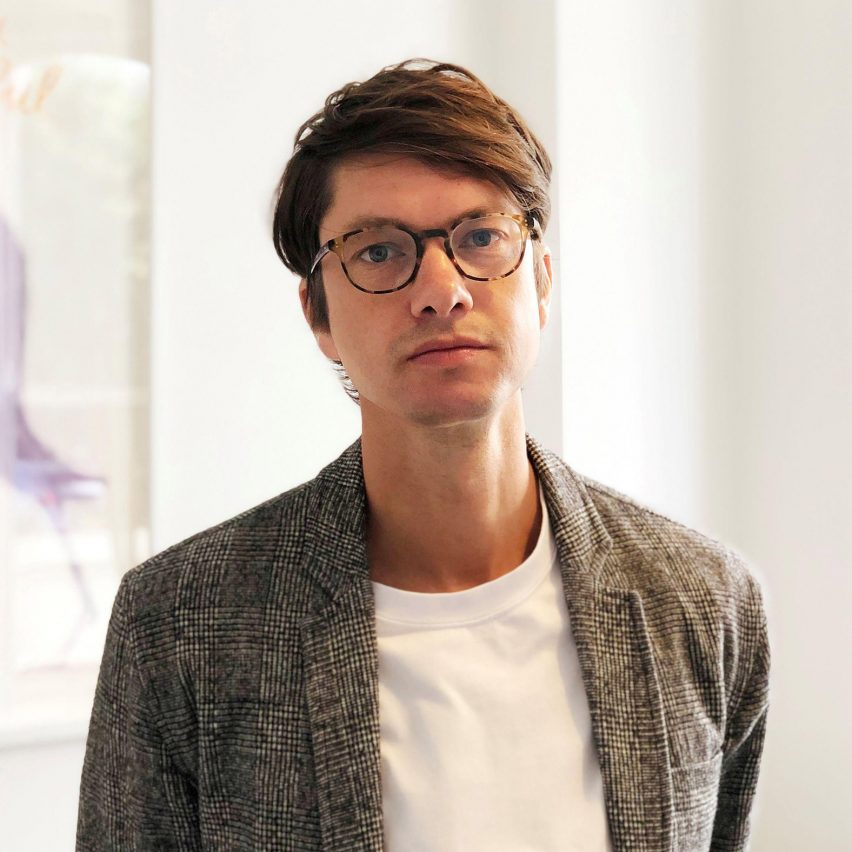Reversible design could turn every building into a "DIY store for the next project"

Architects should design buildings to be taken apart and reused as part of the circular economy, according to Adam Strudwick of Perkins and Will.
Designers should get used to working with smaller palettes of reusable materials and draw up blueprints for disassembly as well as assembly, the interior designer said.
Reversible design could radically change the way buildings look, according to Strudwick: "It does potentially mean a whole new aesthetic."
Designing for the circular economy, where materials are endlessly reused and waste is eliminated, requires "a whole new mindset," according to Strudwick, who is principal of corporate interiors at international architect Perkins and Will.
"Rather than thinking of buildings or interiors as the end product, we have to think about every building as a kind of DIY store for the next project and the next project and the next project," he said.
Top: Adam Strudwick. Above: Strudwick spoke during a Dezeen talk about the circular economy
Strudwick, who works at the giant firm's London office, made the comments in a live Dezeen talk about architecture and the circular economy.
The talk was presented last week in association with flooring brand Tarkett. It also featured Myriam Tryjefaczka, Tarkett's sustainability and public affairs director for Europe, the Middle East and Africa.
"A big part of our approach now is designing for disassembly and considering reversible designs," said Strudwick.
"S...
| -------------------------------- |
| Cadaval & Sola?-Morales nestles Casa de la Roca into Mexican woodland |
|
|
Villa M by Pierattelli Architetture Modernizes 1950s Florence Estate
31-10-2024 07:22 - (
Architecture )
Kent Avenue Penthouse Merges Industrial and Minimalist Styles
31-10-2024 07:22 - (
Architecture )






